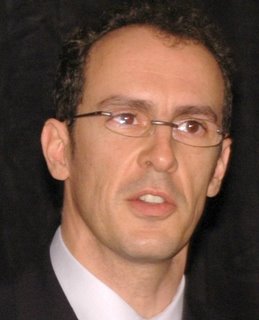Corporate Behavior Therapy
A while back I started to write about how organizational transformation is not rooted in activities and tools, but in people’s behaviors.
After several more years in the field, I have noticed that the most effective approach to OT is akin to Cognitive Therapy. In a nutshell, CT aims to change how people think about and react to inputs and as such change how they view themselves and the world around them.
OT has a very similar goal. You aim to change the way a company or division views themselves and their ecosystem. And that is done most effectively by changing people’s behaviors.
The most critical part of that behavior is how people measure each others performance. Do political apparatchiks make it to the top, despite their lack of business contribution or are people measured on their impact on the firm’s revenues, reputation and talent retention? From a simple survival perspective, people will behave according to how they can be judged most successful.
On a more tactical level, how project portfolios are handled and how the projects therein are valued is another critical component of how a company executes. Is the concept of a project portfolio a list of projects with people’s allocations? Or is it an asset portfolio, with constantly changing valuations and real-time feedback of the overall health? Are projects judged by how well they follow some process or by how rapidly and accurately business needs are met?
Then finally, how are innovators treated? Does every new idea need to be vetted with one person or a committee or are people given a forum where they can display their ideas and stir enthusiasm? Do a few people have the power to squash new initiatives unchecked or are these evaluated on their objective merits?
Most corporate behaviors are rooted in its culture. So to change those if needed, a culture shift will be necessary. That is a huge challenge, often avoided by OT practitioners. It’s a lot easier to talk about specific activities and tools than about people themselves. However, this topic cannot be avoided if OT is to have a chance to stick.
Labels: agile, cognitive therapy, management consulting, organizational transformation

